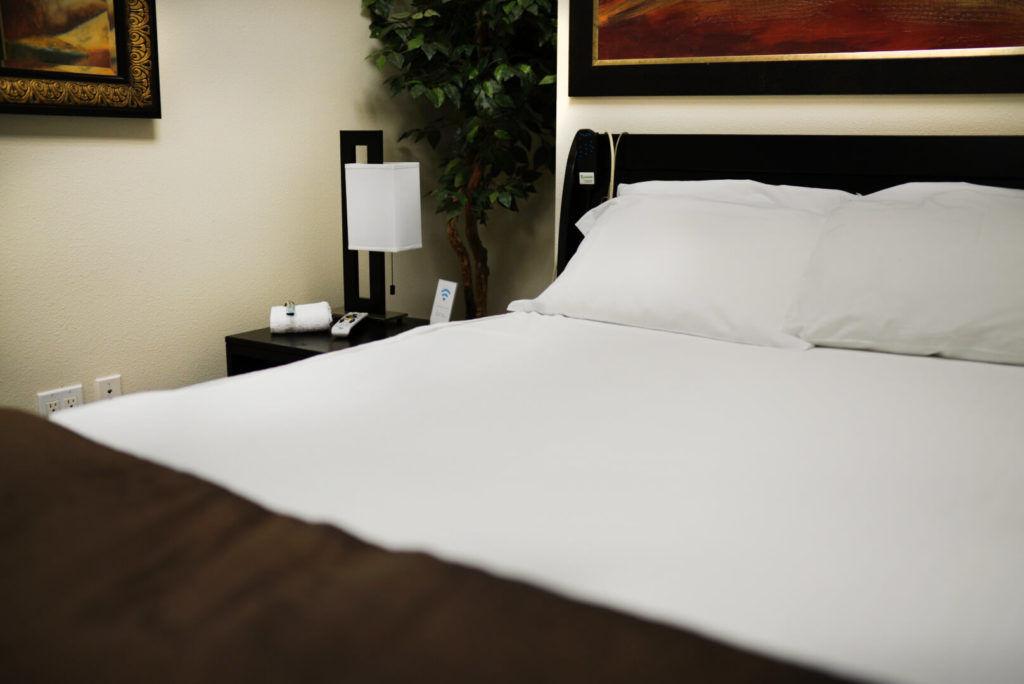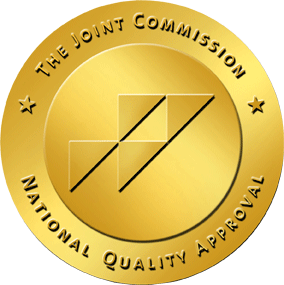POLYSOMNOGRAM
Sleep studies specializes in diagnosing sleep disorders by recording your brain waves, the oxygen level in your blood, heart rate and breathing, as well as eye and leg movements during the study.
OFFERING A WIDE RANGE OF
SLEEP DISORDER SERVICES
Our respiratory team offers a high quality, cost-effective service and clinical expertise to
patients suffering from sleep problems. Our innovative laboratory services enhance sleep health.
Our respiratory team offers a high quality, cost-effective service and clinical expertise to patients suffering from sleep problems. Our innovative laboratory services enhance sleep health.

Our sleep centers provide a restful night’s sleep similar to a home environment. Our sleep rooms are private, with comfortable beds, DirectTV, Wi-Fi and state of the art equipment.
WHAT IS A POLYSOMNOGRAM?
Polysomnography (PSG) is normally a nocturnal, laboratory-based sleep test used to diagnose sleep disorders, usually obstructive sleep apnea syndrome (OSAS). This is the criterion standard for diagnosing sleep disorders, determining the severity of the disease and evaluating cause.
Our sleep labs uses this test to evaluate abnormalities of sleep and/or wakefulness and other physiologic disorders that have an impact on your health.
WHAT DOES IT RECORD?
A typical polysomnogram records the following parameters:
- brain waves (electrodes placed on the scalp)
- eye movement (electrodes placed on the face, by the eyes)
- chin muscle tone (electrodes placed on or near the chin)
- heart rate (electrodes placed on the chest)
- leg movements (electrodes placed on the legs)
- breathing (breathing sensor placed near the nose and mouth)
- breathing effort (two small elastic belts placed around chest and abdomen)
- oxygen level (small sensor attached to the finger)
- audio and video recording


